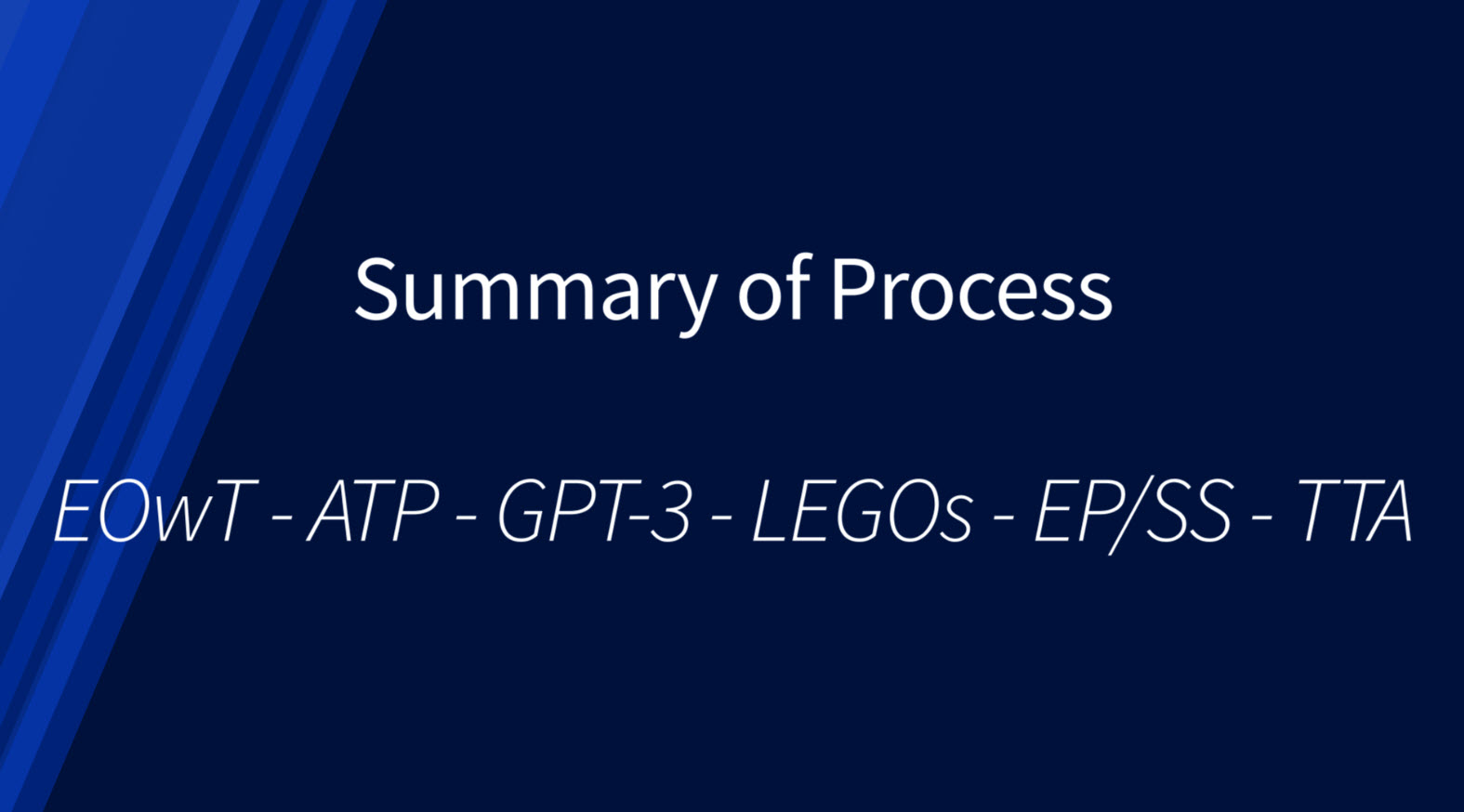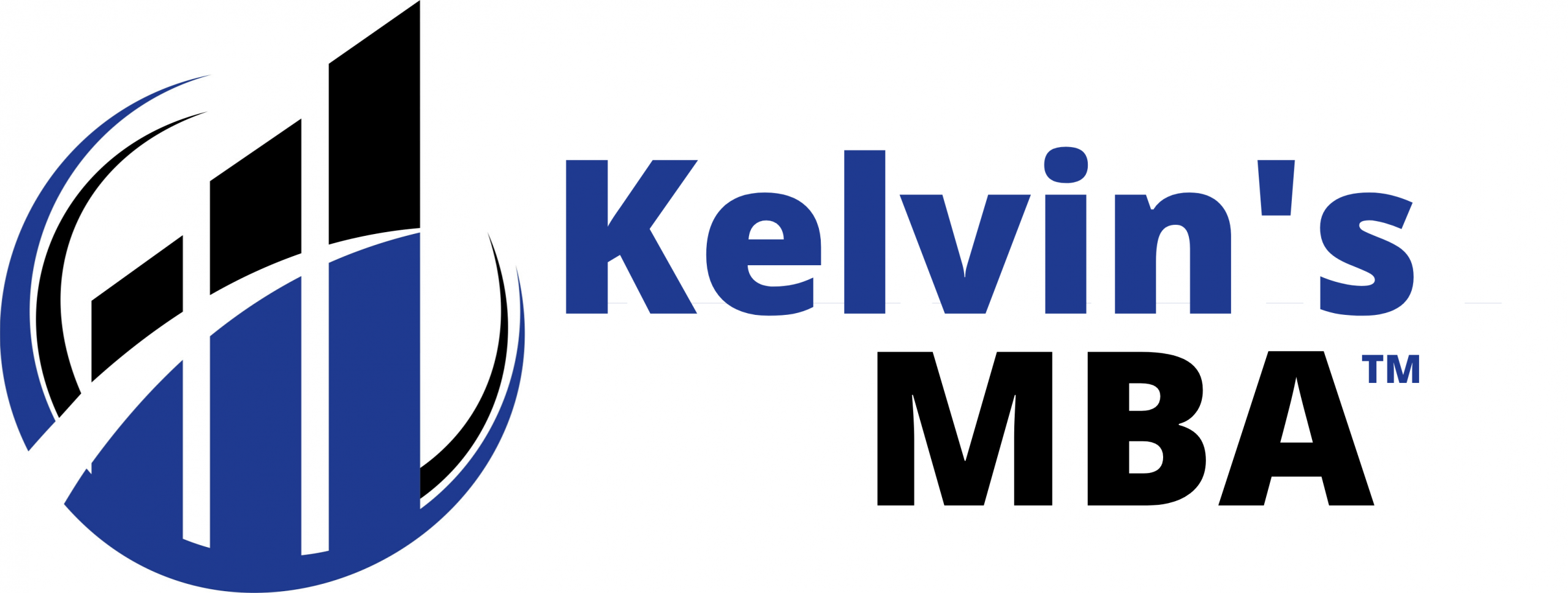My Lead Generation & Sales Process
This short 8 min video (4 min at 2x speed), gives a quick overview of my lead gen. & sales process. If you prefer to scroll - scan - and read - please do so...


Every good campaign is built upon the foundation of great copy.
Great copy connects somebody desiring an outcome to something that will deliver that outcome.
I've been involved in the creation of great copy and working with great copywriters since the late 80s.



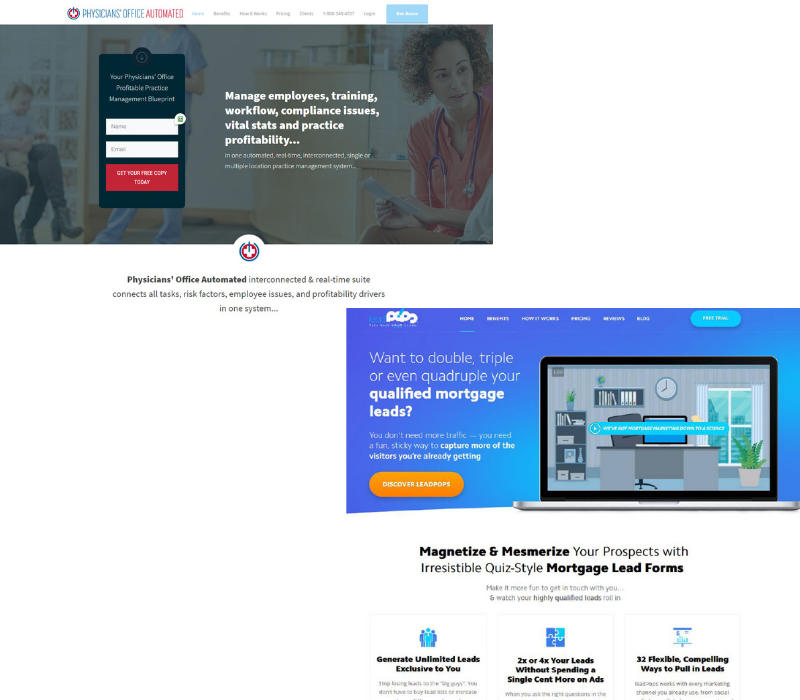
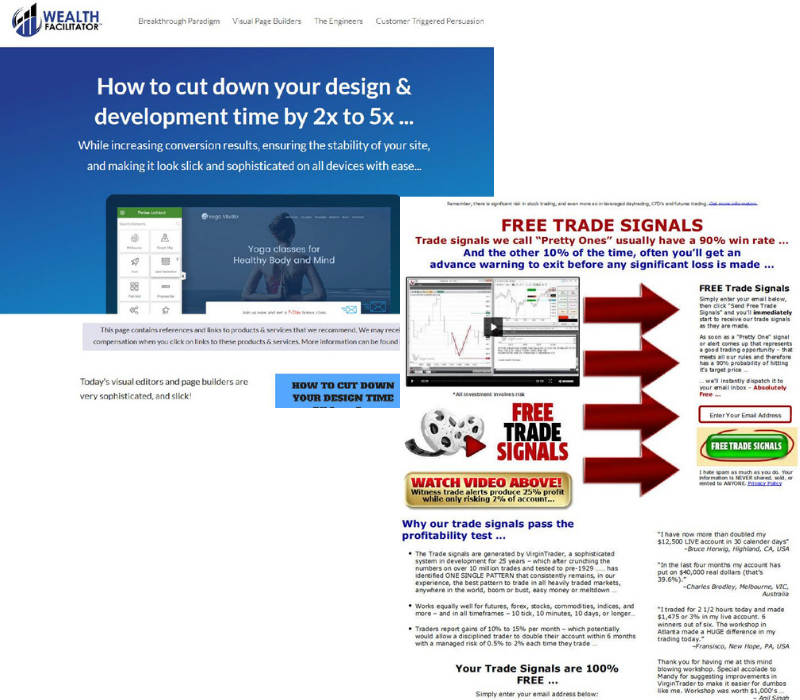
Here's what 2 true masters of copywriting had to say about copy I create:
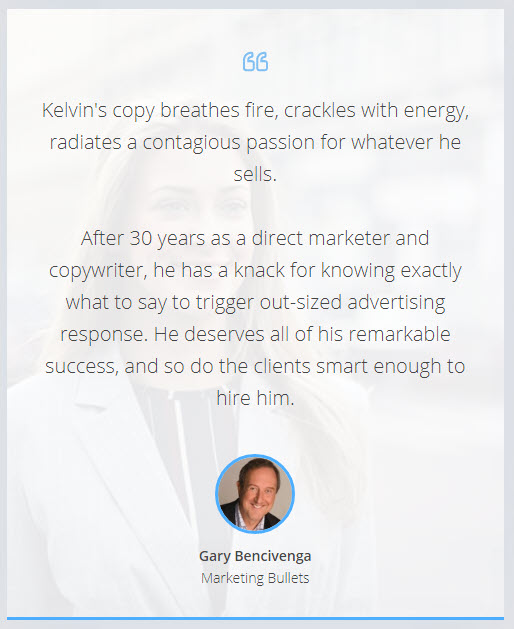

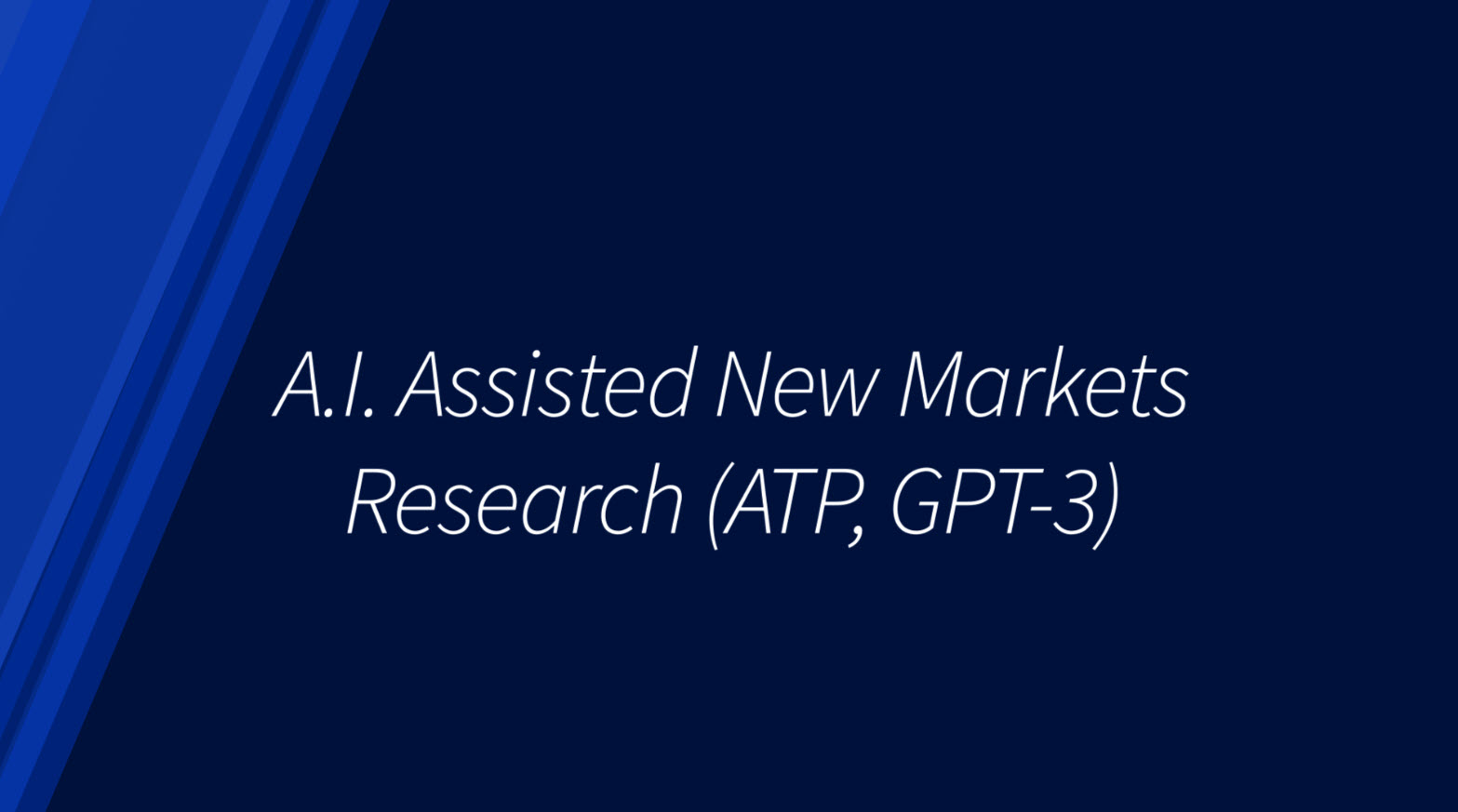
I use a host of AI assisted technologies in the research and testing of new markets and campaigns for those markets.
One such technology is called AnswerThePublic.com
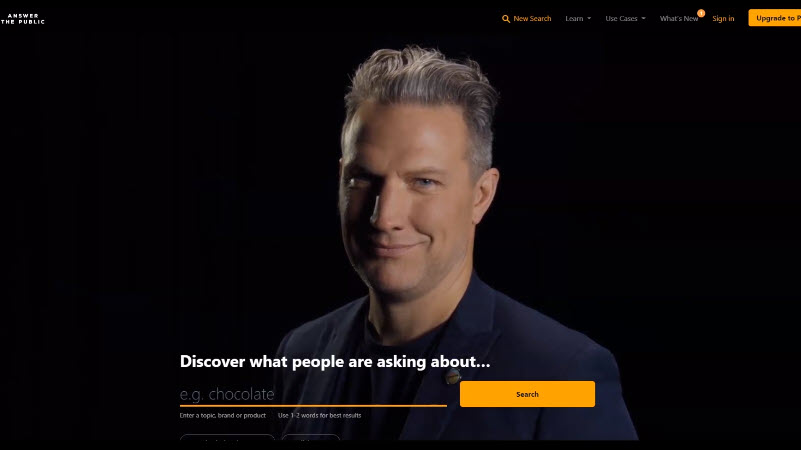
It allows the use of a strategy called search listening...
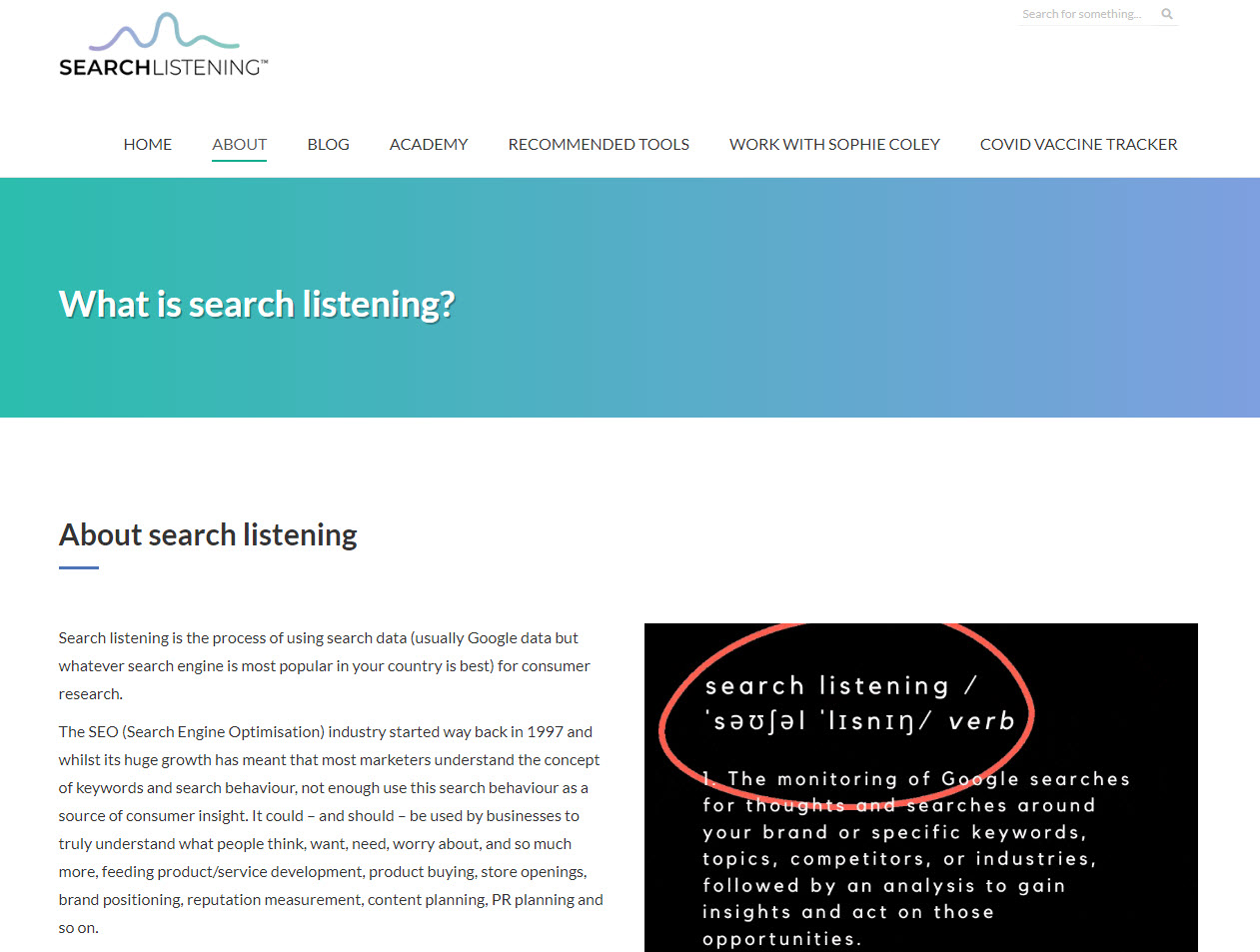
Using AnswerThePublic you get access to precisely what your potential buyers are thinking.
There are 3.5 billion searches a day on Google, and AnswerThePublic scrapes all of Google's auto-complete suggestions based on those 3.5 billion INTENT searches.
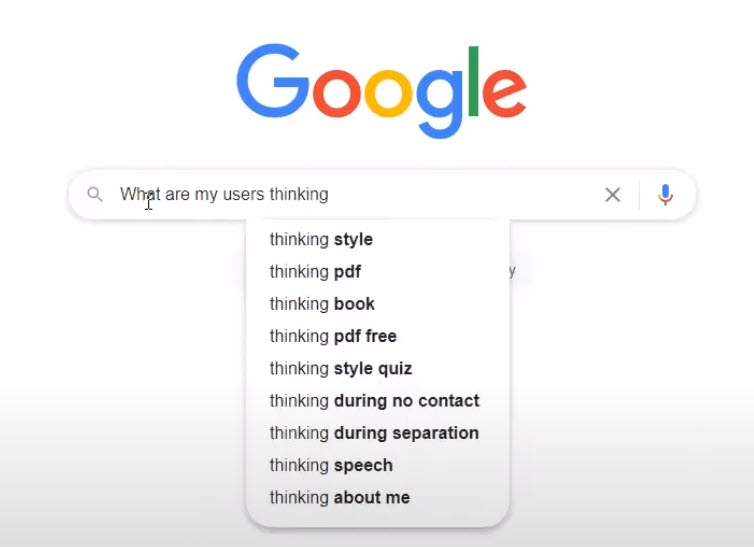
People reveal to Google via their searches, thoughts they often will not reveal to anybody else.
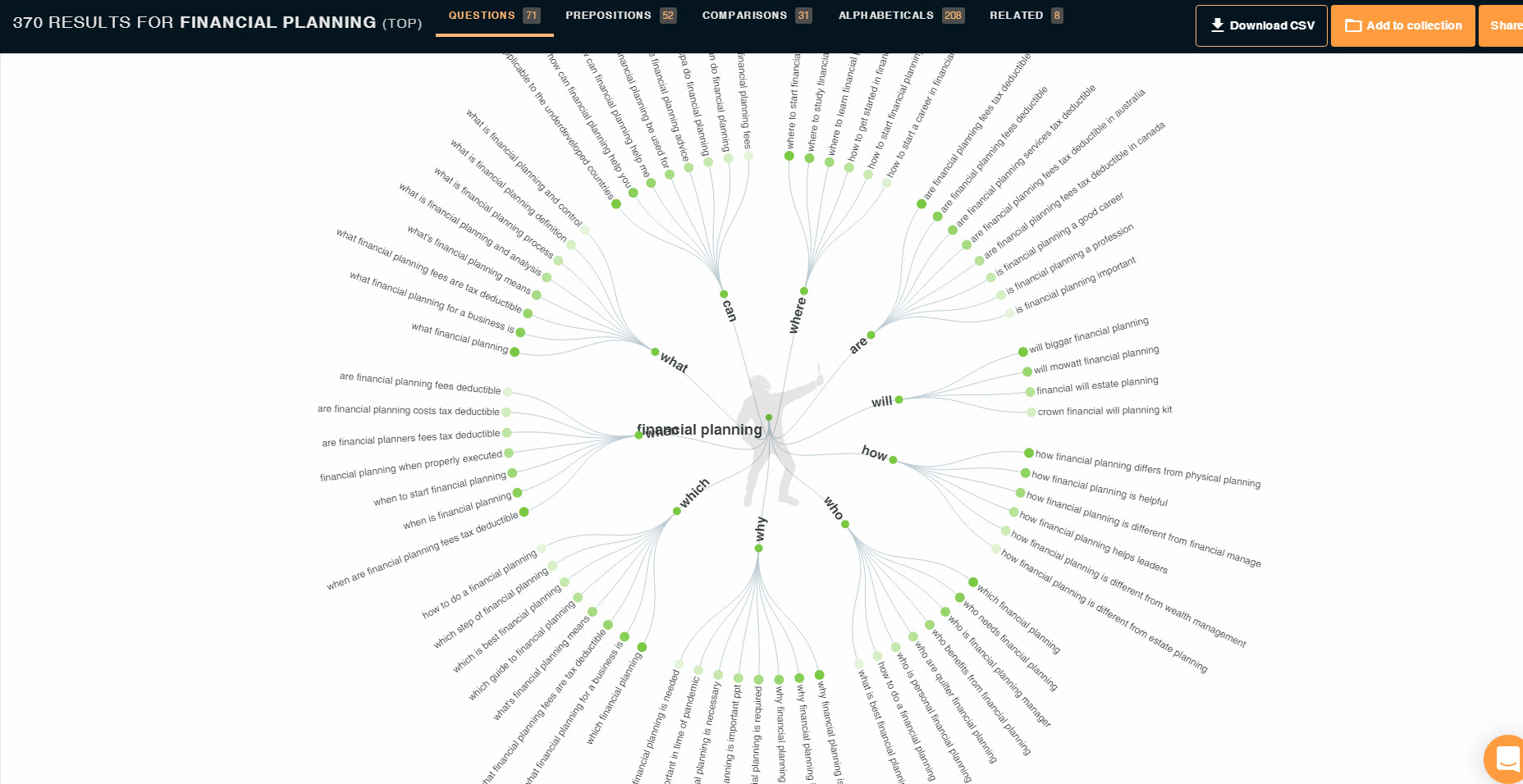
AnswerThePublic reveals:
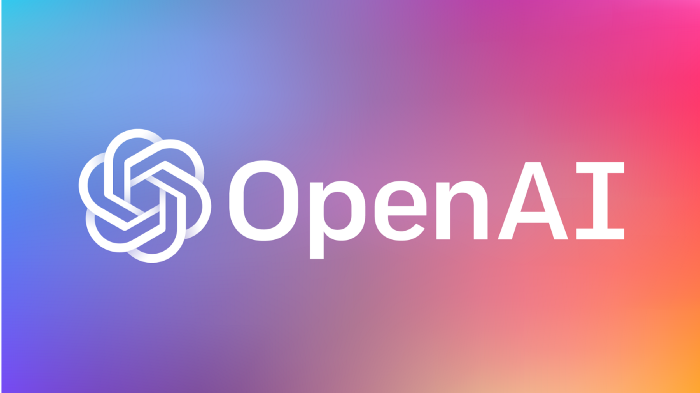

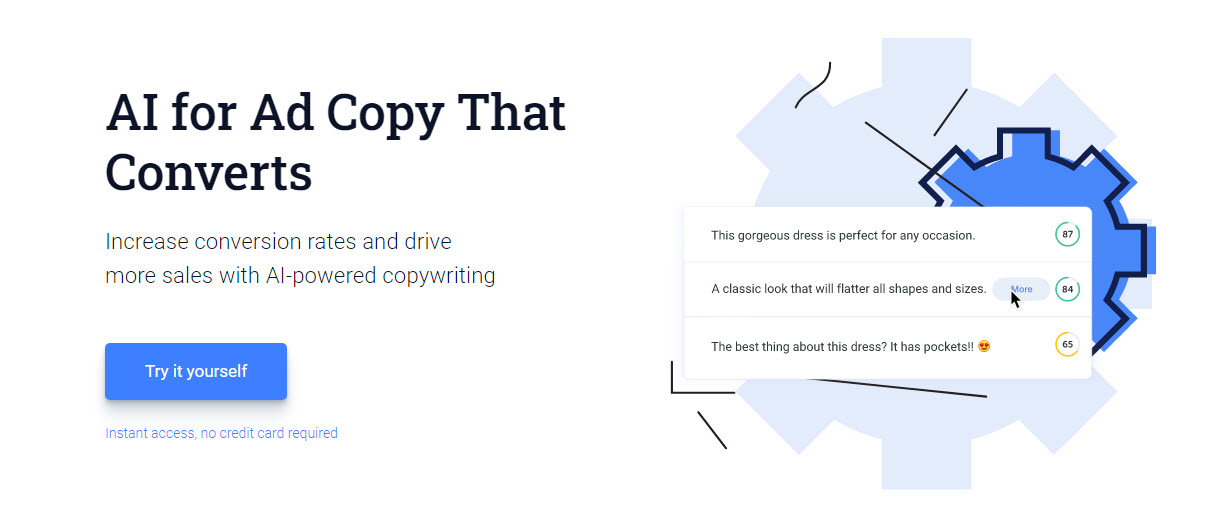
I gather all this data from AnswerThePublic … and input it into an AI copy engine powered by GPT-3.
This gives me hundreds of variations of tests to run.
Which brings us to the LEGOs testing process.
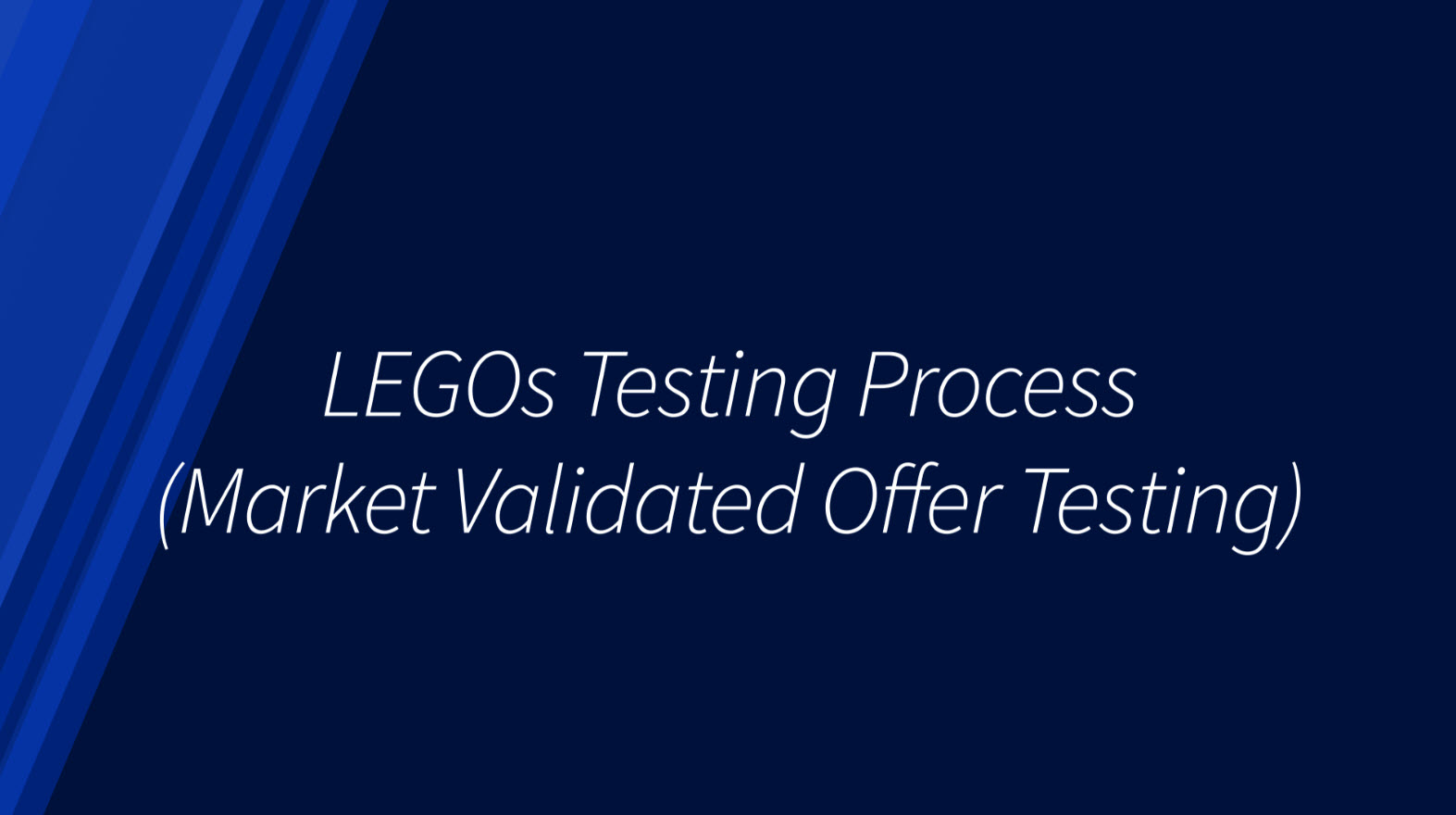
My testing process is called LEGO testing, or market validated offer testing.

The reason I call it LEGO testing, is because, as you can see, the tests include dozens and dozens of small ads, two color blocks, they kind of look like LEGOs.

These ads test things like Problem Discovery, Desire, Promise, Proof, lead magnet headlines, images, transformation copy, and so on.

The process lets me figure out how to attract more leads and customers, at lower costs.
It uncovers the right message for the audience and for the offer.

There’s zero guesswork involved. I ONLY pay attention to the data, which is the intended audience telling me precisely what offer they will respond to.
And because they are telling me what they'll engage with - naturally campaigns end up with highly qualified, warmed up, ready to buy prospects.
I test every component of an ad - headline, image, copy, call-to-action. Then landing page, thank you page, and sales page. And from this process comes converting ads, landing pages, offers, sales pages, emails, videos, and more.
I also test dozens of images in ads and on landing pages, using A.I. assisted image search technology.

LEGO testing is an engineering approach to rapid-testing. It doesn't remove the risk from business - but dramatically reduces it. Showing which actions are more likely to pay off - and doing this quickly and at low cost.

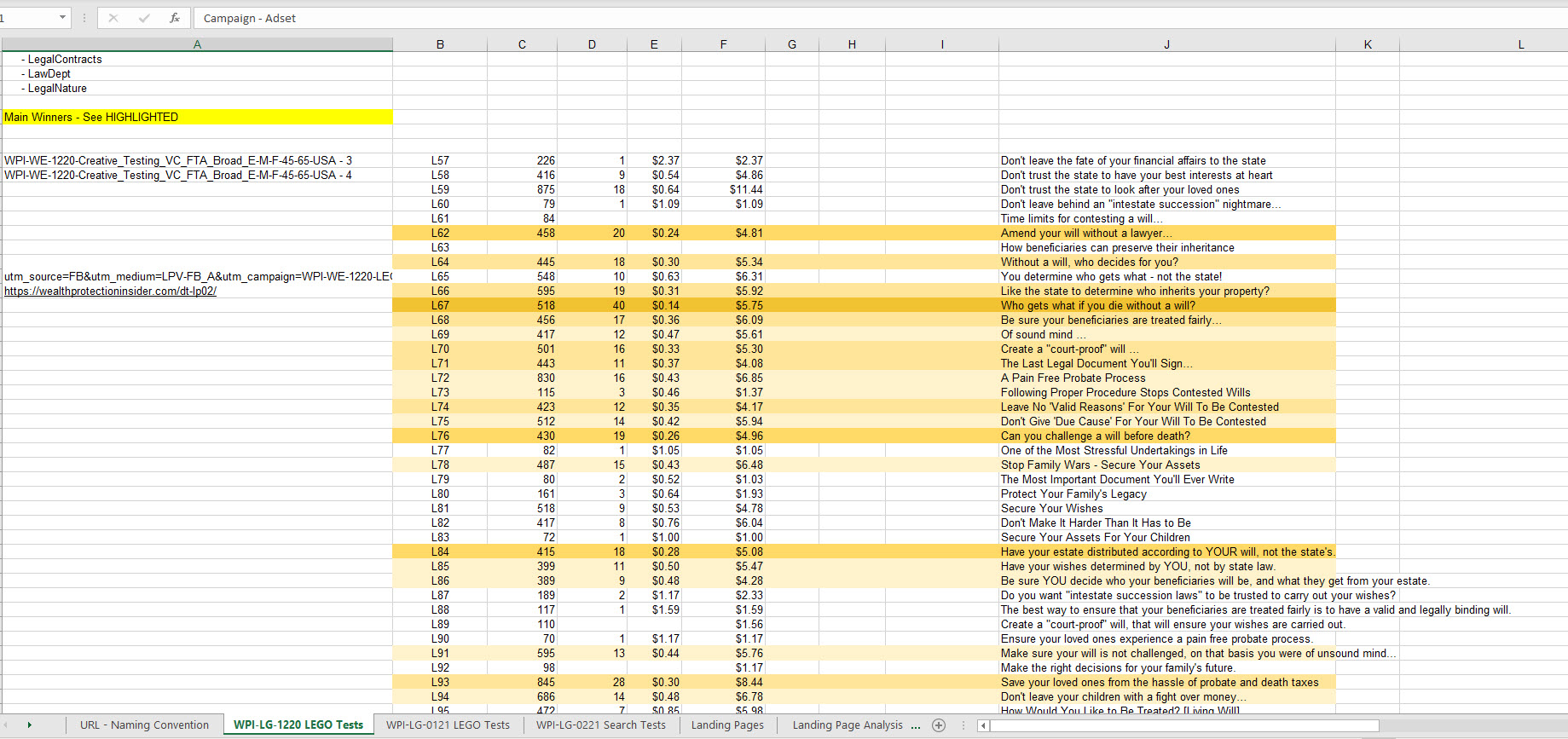
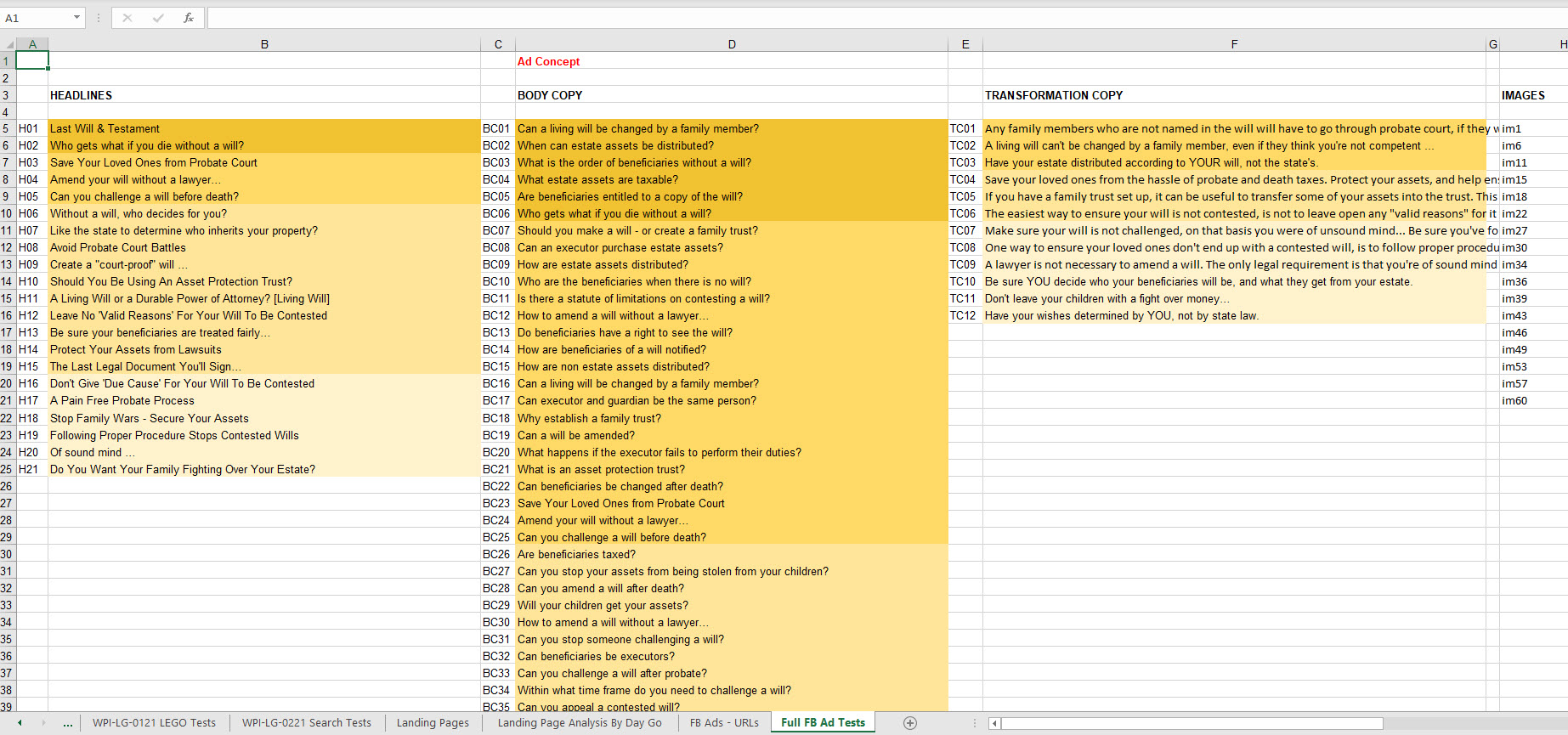
There’s no guesswork involved. Everything’s validated by responses from customers.
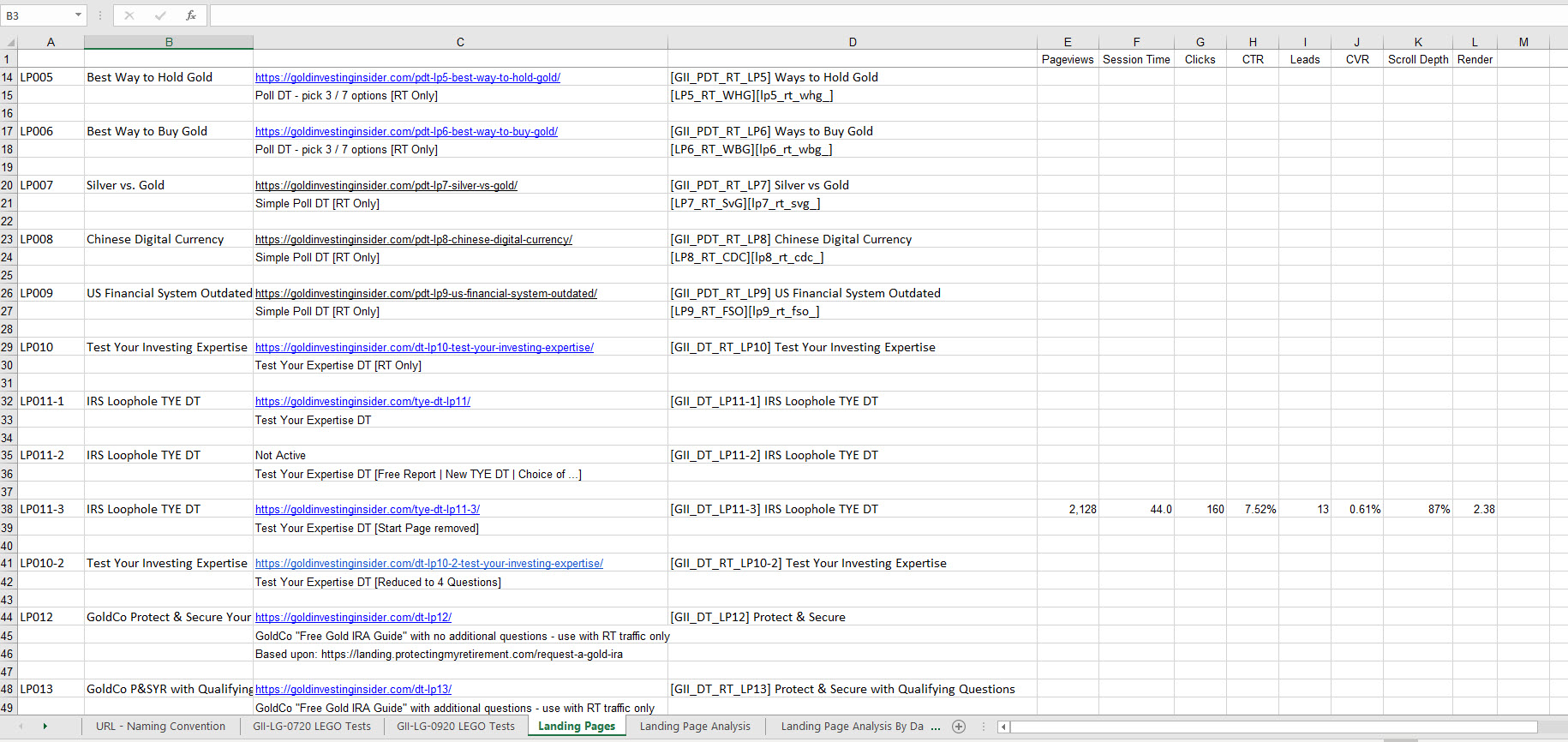

Ultimately, I use a combination of copywriting, media buying, analytics, and testing systems to discover what factors are essential to get customers converting.
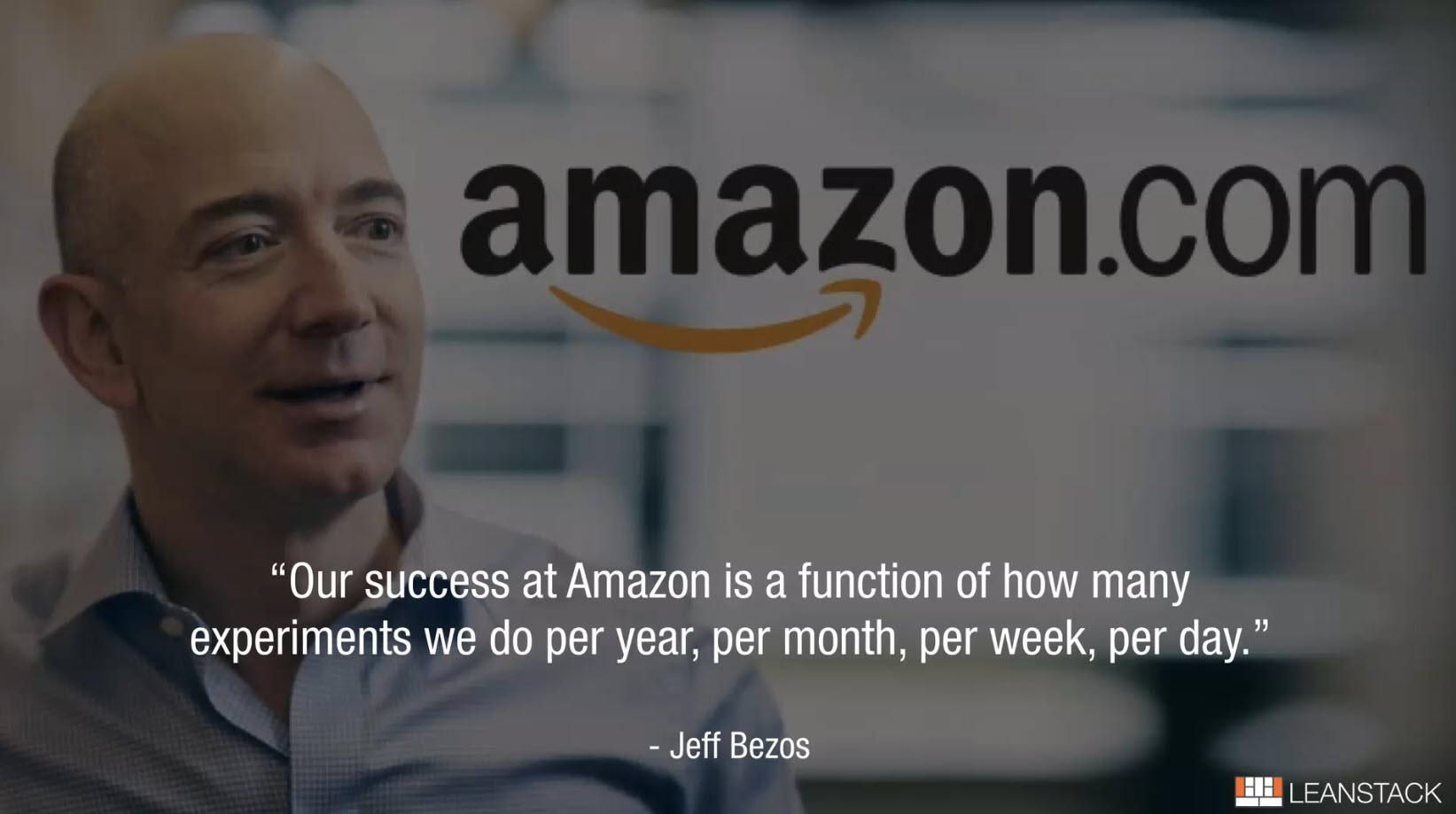
The testing process was modeled after what’s done by the likes of Amazon, Facebook, Google, Netflix. However, it's been re-engineered to work with businesses with smaller budgets.
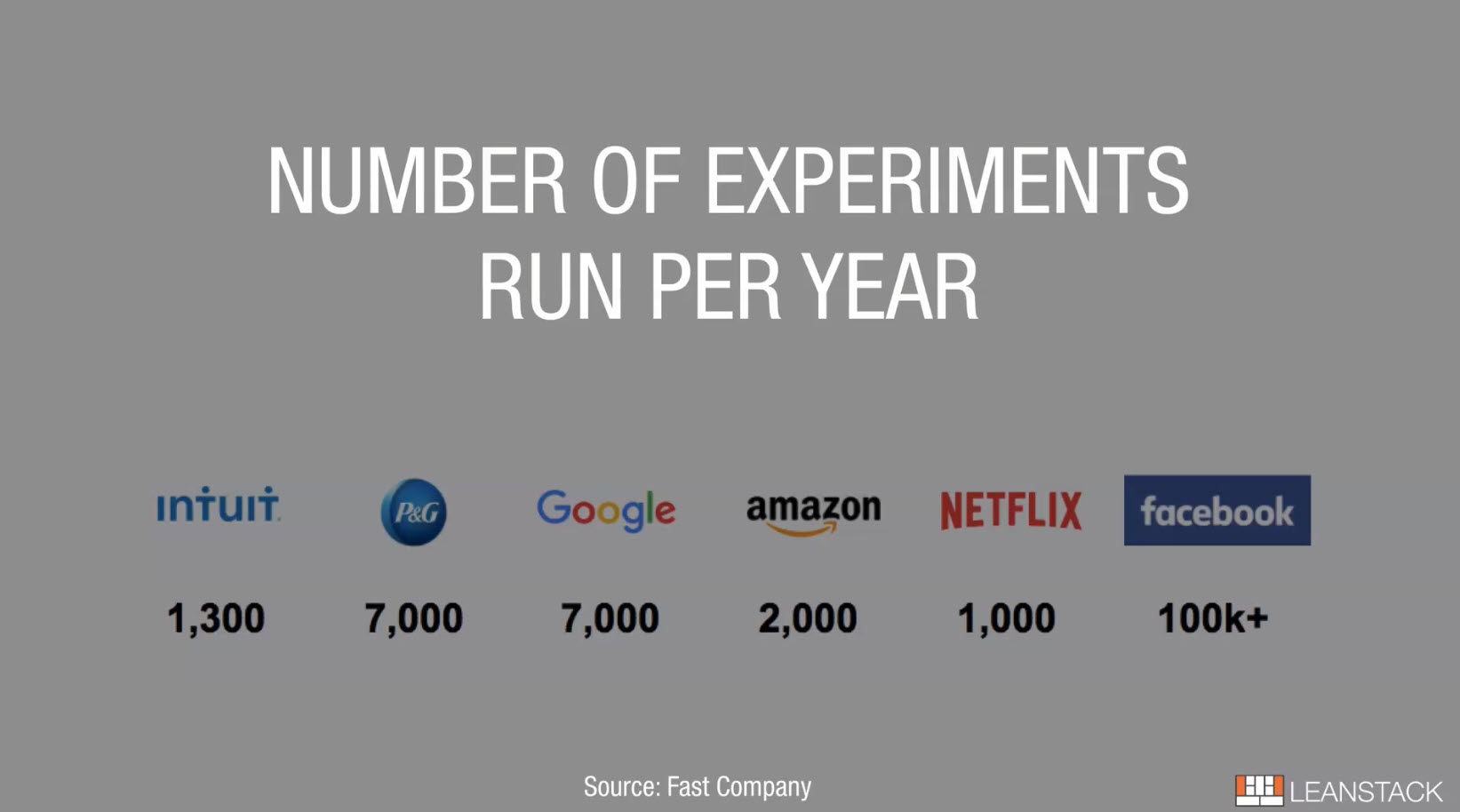
As they do - I use predictive metrics - meaning - leading indicators that precede a sale. I don't wait for the sale to happen to make decisions. This lets me move much faster.
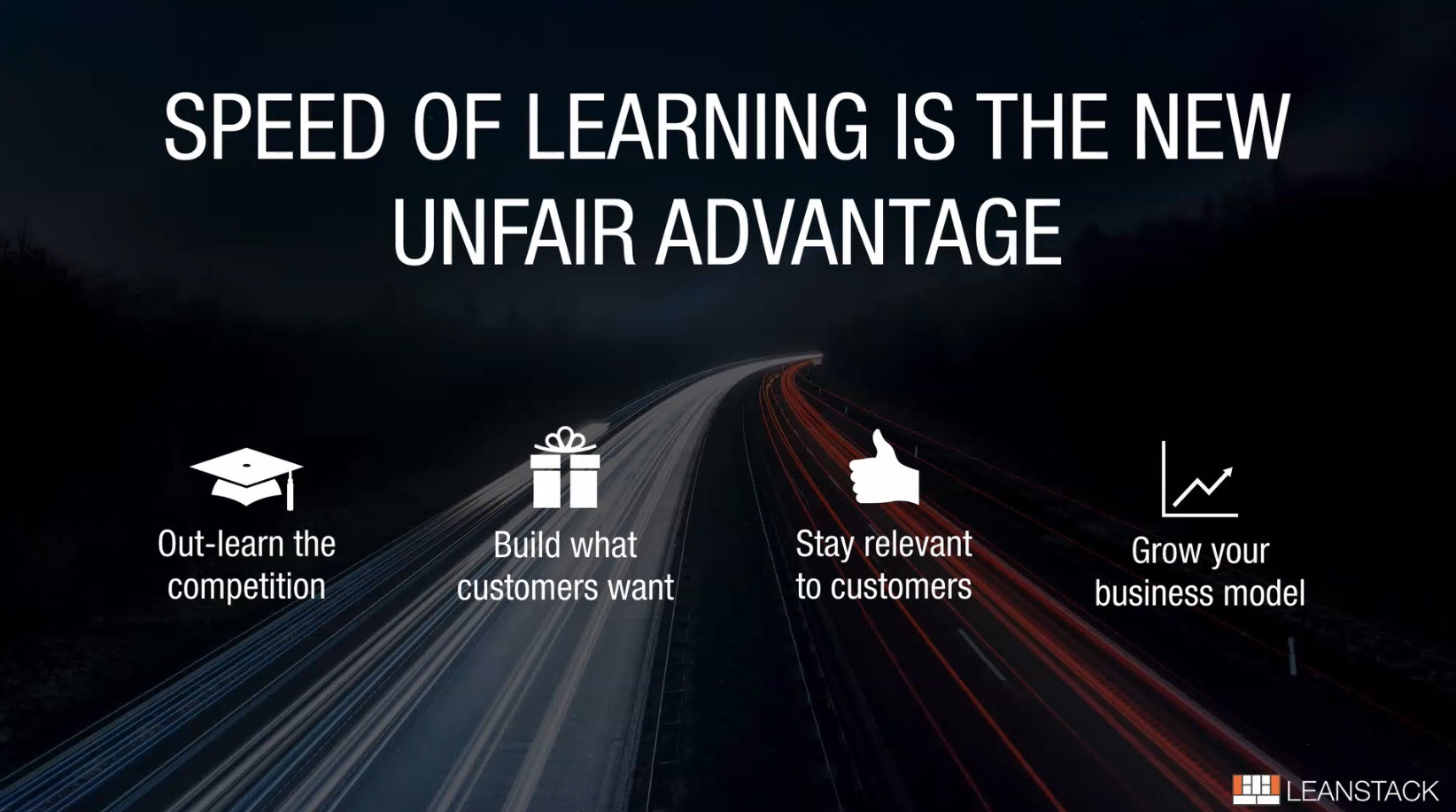
The LEGOs testing process works for financial firms, consultants, coaches, publishers, authors, e-commerce companies, local businesses - essentially anybody that does online lead generation, and conversion to paying customers.


I also use decision trees. They look like this behind the scenes.

But when you encounter one on the web they look like this. It appears to be a simple survey or quiz.

In reality, this sophisticated marketing software is a segmenting machine, an audience building machine, an adaptive and customized marketing creator, a "warm-up" machine ... AND a lead generating machine - all built into one.
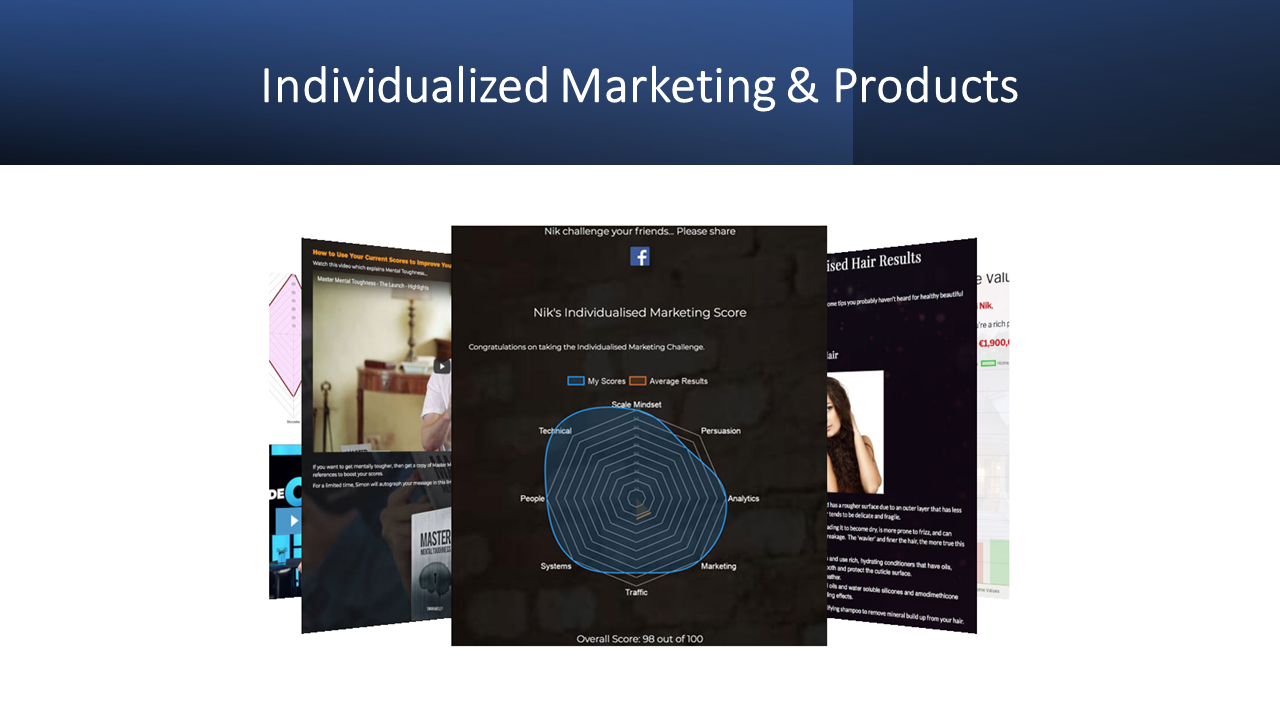
The technology I use for DTs captures data, does real-time segmentation, can create adaptive / customized MARKETING (landing pages, sales pages, downloadable PDF) and customized OFFERS (send to pages to match their answers).

It can detect where a prospect is in their customer journey, and provide precisely what they need to get them to take the NEXT STEP. Then re-engage them for the next step after that.
It also does after-the-fact segmentation (and will send segmenting data to your CRM or email system).

And after-the-fact customization of your TARGETING (it will send custom events to Facebook, Google, other ad platforms based on answers provided.)
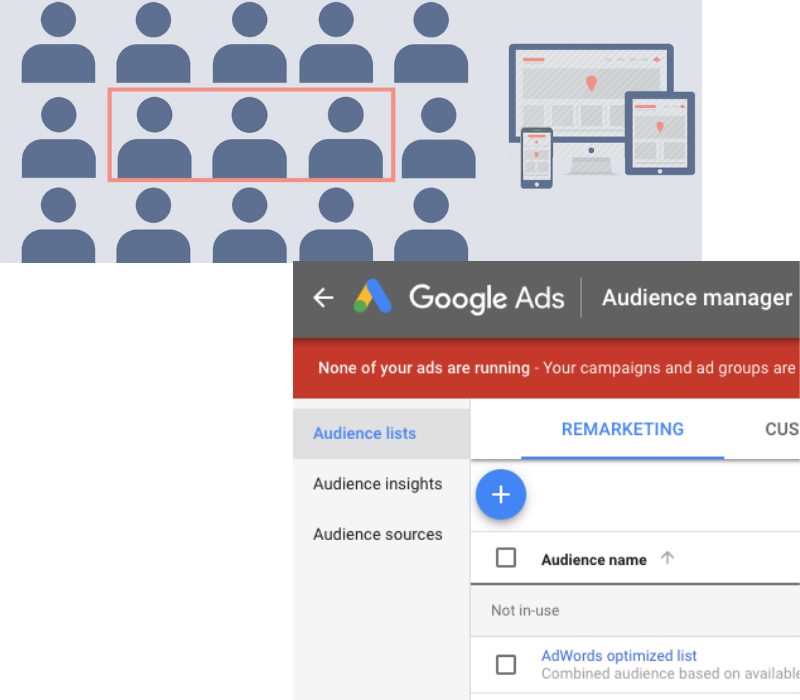
The unique audiences one can create are built based upon very specific responses within the DT – so you know precisely what they want – and you can target them later and provide it.
And nobody else has access to these unique audiences.
So that’s just a little insight into how I use DT technology.

Finally, I use an innovative method of buying media, called Train-the-Algorithm.

Train-the-Algorithm as a strategy, can be used on most ad channels - especially as they all are moving toward machine learning, automated bidding, responsive and dynamic ads, and more.
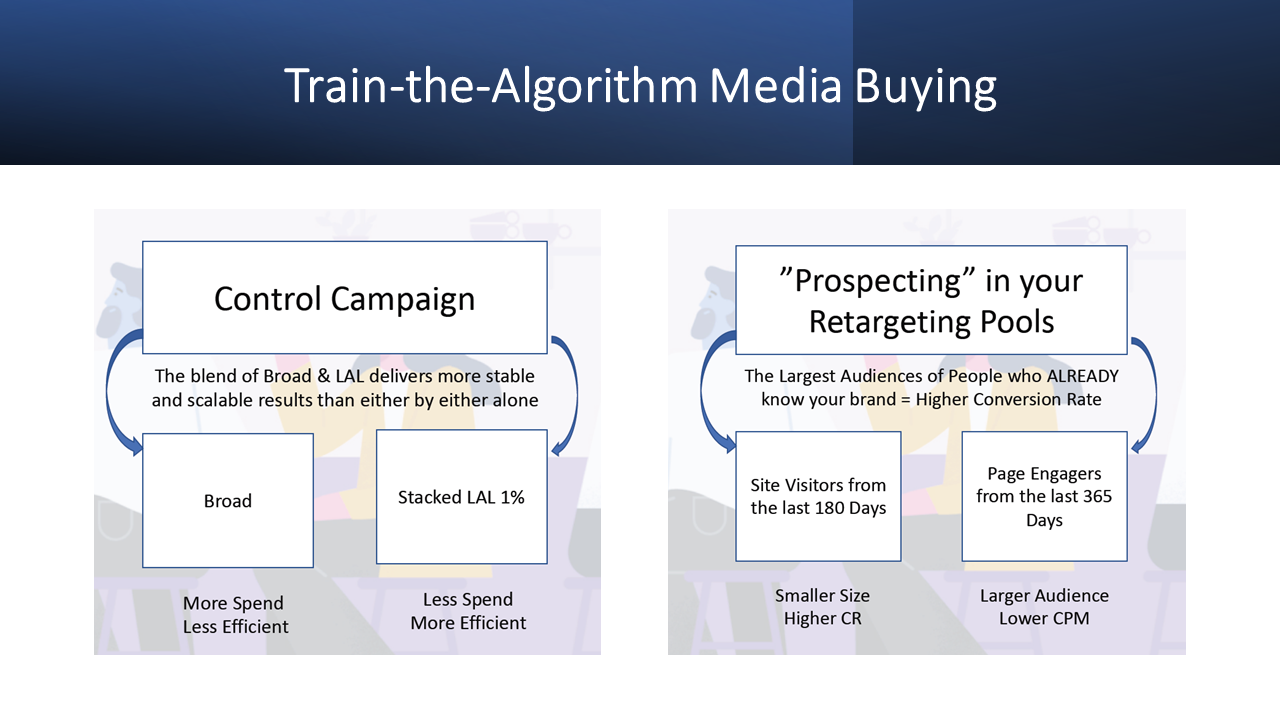
You're training the algorithm to find the right traffic, and it's showing you which copy will deliver it at the right cost.
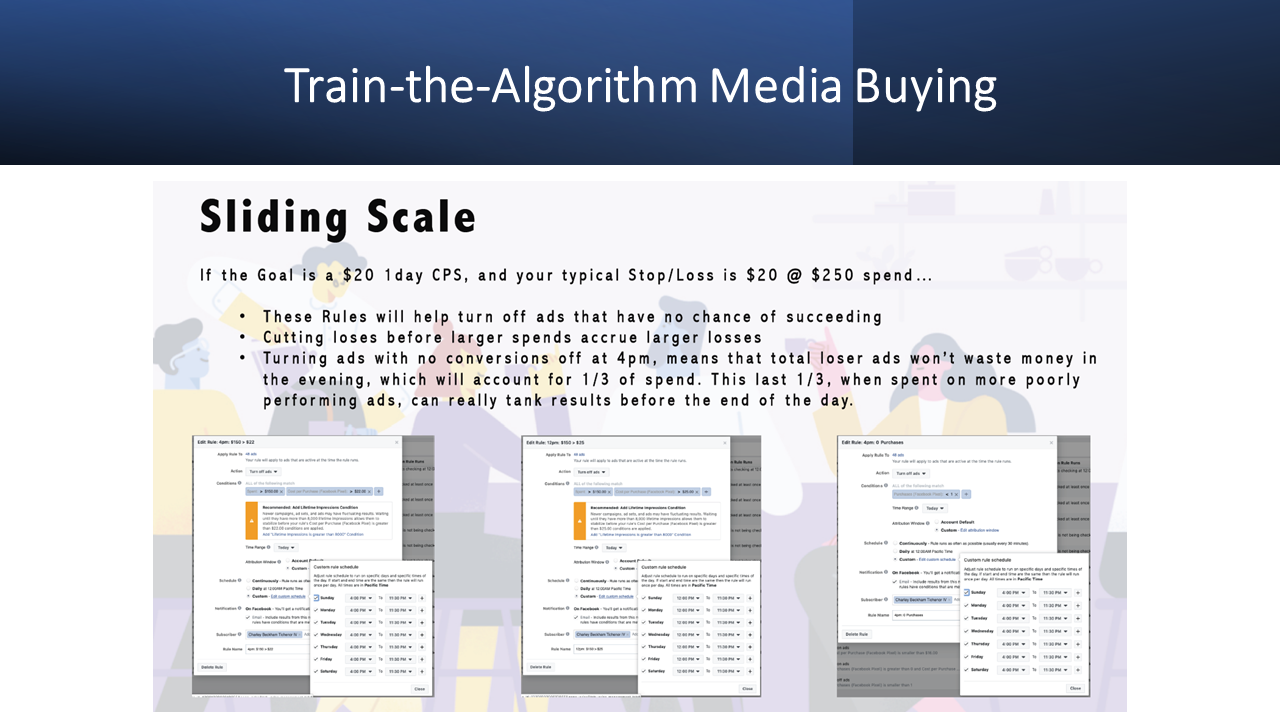
It's all about "training the algorithm" ... no hacks, no loopholes, no beating the system.
This system gets the ad channels delivering predictable and consistent results, that scale.
In essence, it's about account simplification - broad targeting - and using automated rules.
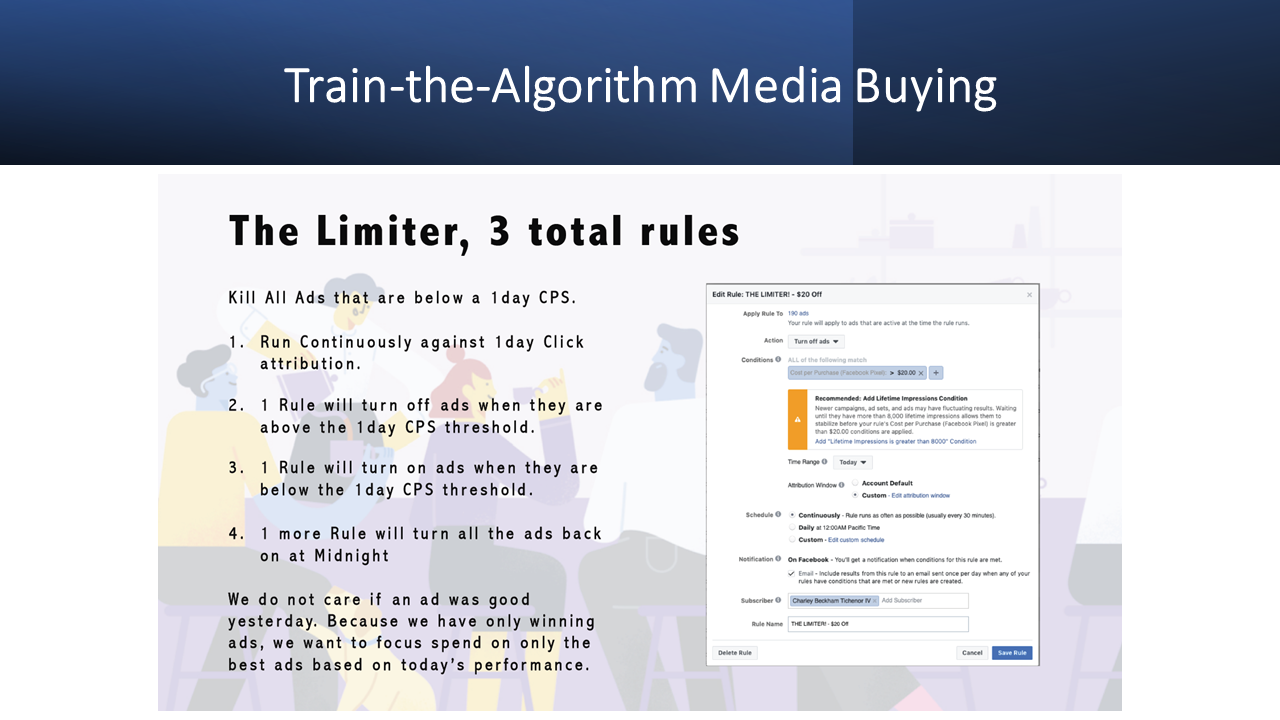
It's a self-correcting system, and even if the term "broad targeting" has alarm bells going off in your head - cause that's what I thought initially - when you set it up right, and put all the self-correcting automated rules in place ...
... then let the algorithms of the ad networks do their job - I was shocked to see the results!
Machine learning has certainly come a long way.

So there you have it ... my process.
ATP-GPT-3-LEGOs-EP/SS-TTA
EP/SS are my A.I. systems for image testing.
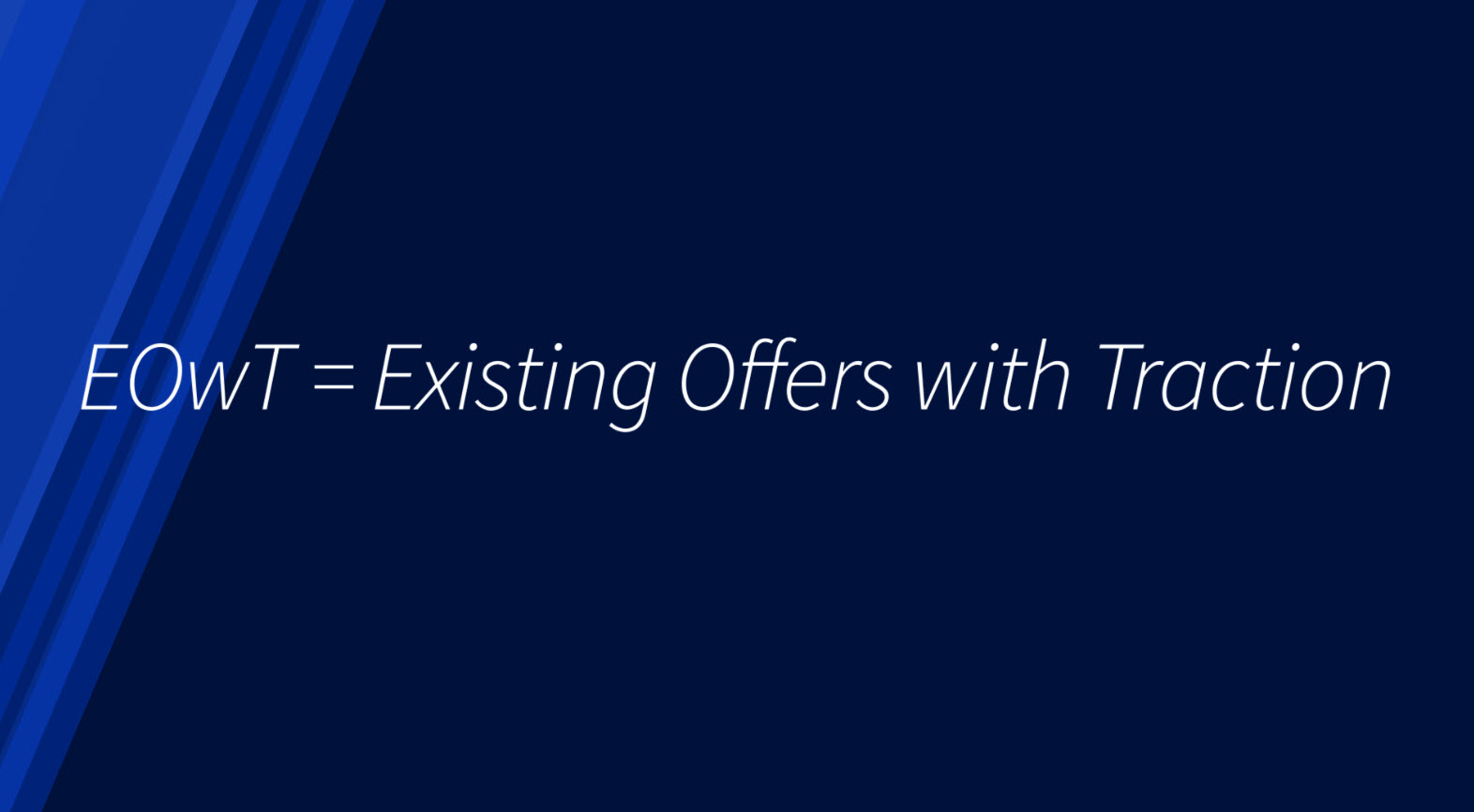
Oh, and I failed to mention, the starting point of all new campaign research:
Existing offers that already have traction with the market.
